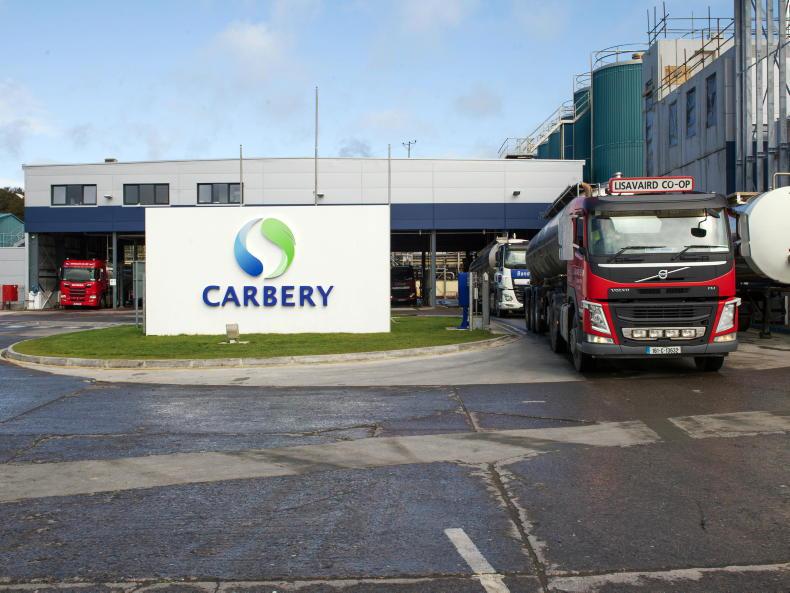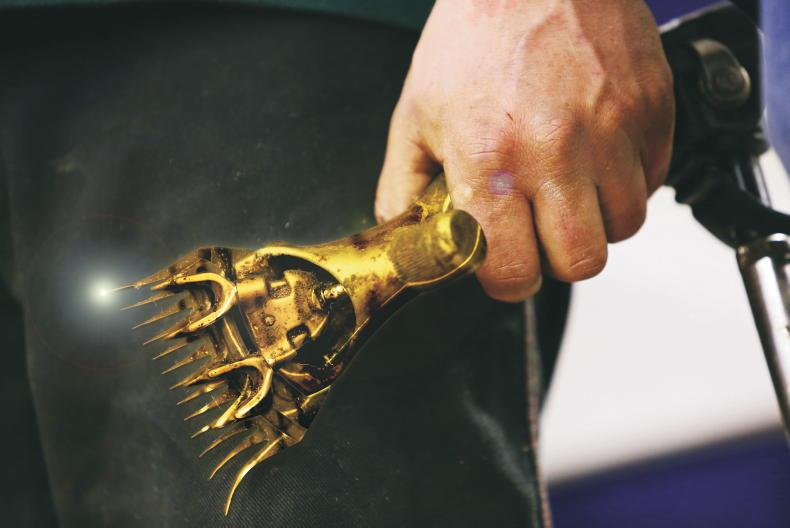Arriving in New Zealand in the middle of July, I was greeted by my farm owner Rob Withers, who picked me up from Christchurch airport and started discussing the wettest winter they have had in years.
This was not what I was hoping to be greeted with after coming from the exceptionally dry summer we had in Ireland.
During the drive back to the farm, Rob was pointing out local landmarks and mountains, advising me that everyone has to climb to the top of Mount Somers during their time with them. This seemed easy enough, until I found it was almost twice the height of Slieve Donard, the tallest mountain I had ever bothered to climb.
The farm, located in the Canterbury foothills at around 1,250ft above sea level, is owned by Rob and Jane Withers, who converted their beef and sheep enterprise to dairy in 1999 with the help of Greenmount graduate, Eddie Glass.
The farm’s location presents various obstacles because of seasonal changes, including late frosts and snowfall. However, it benefits from a high level of rainfall at around 1,100mm, with 110ha of the milking platform irrigated. Currently, there are 550 cows milking, with 600 going through the 40/80 herringbone when calving is finished.
Breeding season
Preparations are now being made for the breeding season. The farm has invested in Allflex collars, with the primary aim of reducing the labour input at breeding, as well as more accurate timing of AI.
This will also be the first year Rob has used sexed semen on the cows, with those getting sexed straws being identified using the collars.
Sexed straws will be given for the first three weeks of AI. Other cows will get conventional dairy semen and after week four, only beef bulls are used. No other aids will be used along with the collars, with all faith going into the technology, which will save any hardship of standing on the walls of pits to check tail paint.
Discussion group
At a discussion group meeting focusing on preparation for breeding, the question was asked who would be using sweeper bulls with the cows.
Looking around, only a couple of farmers planned to still be using bulls, with one farmer making a tongue-in-cheek comment of not being able to afford bulls after purchasing the collars.
But it shows that most farmers already have good faith in the technology, although a significant labour shortage on the back of COVID-19 lockdowns has likely been a catalyst for the change.
According to one of the companies involved, this year, collars will be installed in over 300 farms across New Zealand.
On-farm, we are now on the second round, with cows receiving grass only and pre-grazing covers at 2,800kg/DM/ha. We are still waiting for a significant uplift in growth, with daily rates around 40kg dry matter per hectare. Cows are currently doing 1.8kg milk solids/cow/day at 3.8% protein and 4.7% fat. The herd is primarily made up of Friesian and Kiwi crosses.
Read more
New Zealand proposes farm levy for emissions
Keeping it simple in the Co Down hills
Arriving in New Zealand in the middle of July, I was greeted by my farm owner Rob Withers, who picked me up from Christchurch airport and started discussing the wettest winter they have had in years.
This was not what I was hoping to be greeted with after coming from the exceptionally dry summer we had in Ireland.
During the drive back to the farm, Rob was pointing out local landmarks and mountains, advising me that everyone has to climb to the top of Mount Somers during their time with them. This seemed easy enough, until I found it was almost twice the height of Slieve Donard, the tallest mountain I had ever bothered to climb.
The farm, located in the Canterbury foothills at around 1,250ft above sea level, is owned by Rob and Jane Withers, who converted their beef and sheep enterprise to dairy in 1999 with the help of Greenmount graduate, Eddie Glass.
The farm’s location presents various obstacles because of seasonal changes, including late frosts and snowfall. However, it benefits from a high level of rainfall at around 1,100mm, with 110ha of the milking platform irrigated. Currently, there are 550 cows milking, with 600 going through the 40/80 herringbone when calving is finished.
Breeding season
Preparations are now being made for the breeding season. The farm has invested in Allflex collars, with the primary aim of reducing the labour input at breeding, as well as more accurate timing of AI.
This will also be the first year Rob has used sexed semen on the cows, with those getting sexed straws being identified using the collars.
Sexed straws will be given for the first three weeks of AI. Other cows will get conventional dairy semen and after week four, only beef bulls are used. No other aids will be used along with the collars, with all faith going into the technology, which will save any hardship of standing on the walls of pits to check tail paint.
Discussion group
At a discussion group meeting focusing on preparation for breeding, the question was asked who would be using sweeper bulls with the cows.
Looking around, only a couple of farmers planned to still be using bulls, with one farmer making a tongue-in-cheek comment of not being able to afford bulls after purchasing the collars.
But it shows that most farmers already have good faith in the technology, although a significant labour shortage on the back of COVID-19 lockdowns has likely been a catalyst for the change.
According to one of the companies involved, this year, collars will be installed in over 300 farms across New Zealand.
On-farm, we are now on the second round, with cows receiving grass only and pre-grazing covers at 2,800kg/DM/ha. We are still waiting for a significant uplift in growth, with daily rates around 40kg dry matter per hectare. Cows are currently doing 1.8kg milk solids/cow/day at 3.8% protein and 4.7% fat. The herd is primarily made up of Friesian and Kiwi crosses.
Read more
New Zealand proposes farm levy for emissions
Keeping it simple in the Co Down hills









SHARING OPTIONS